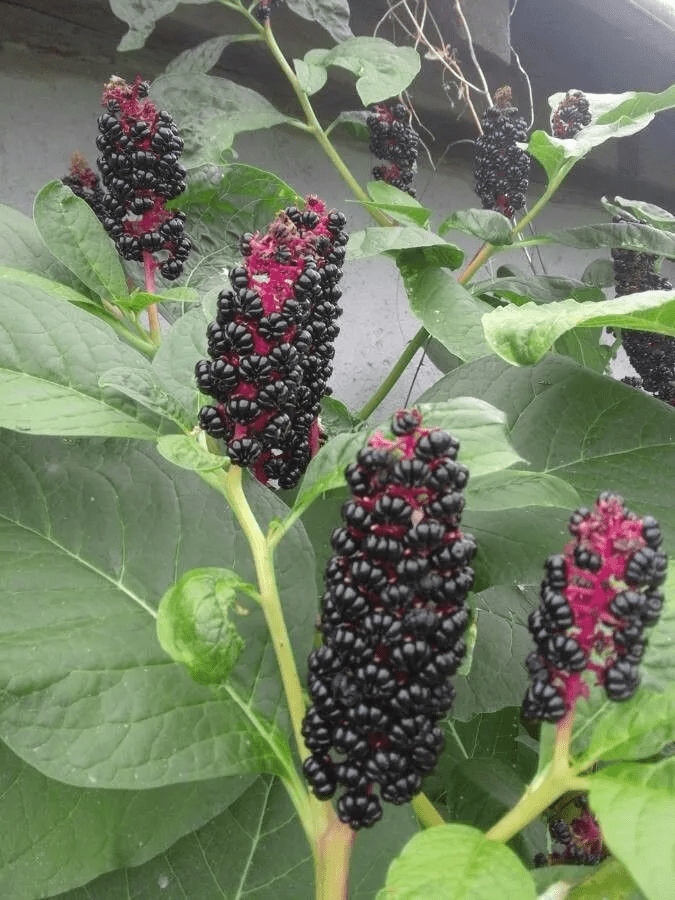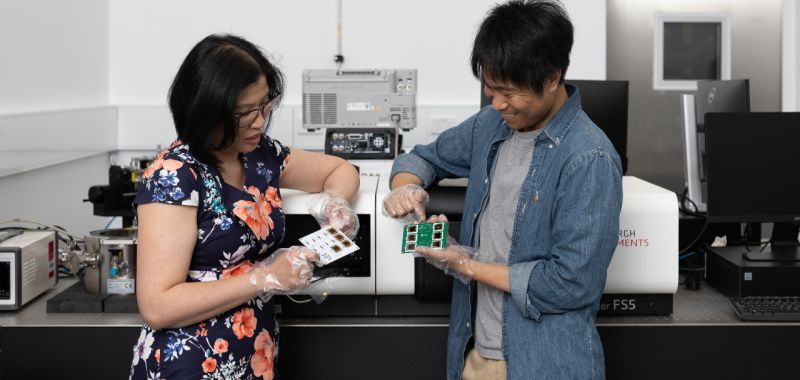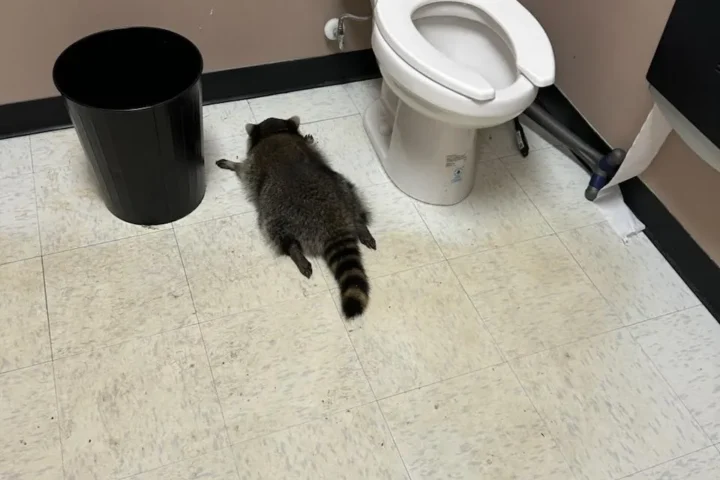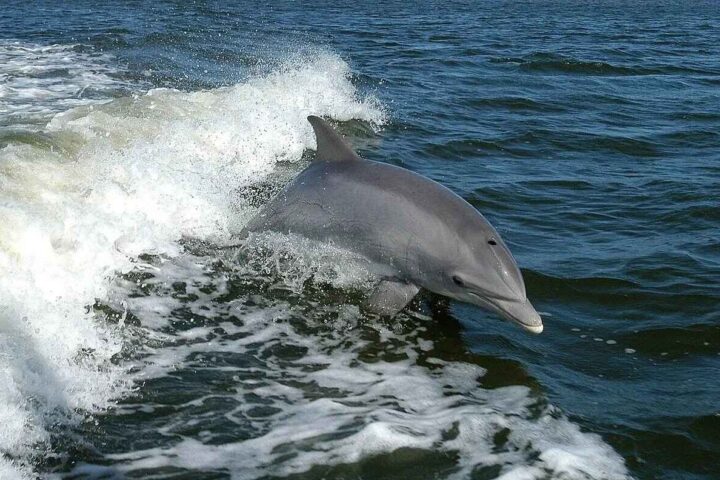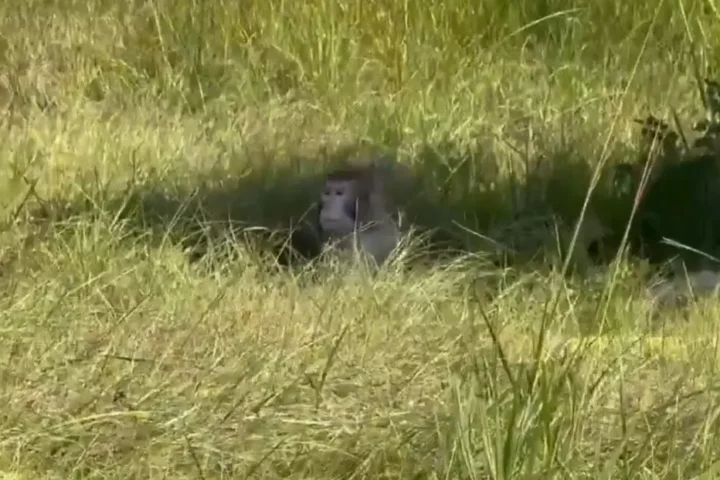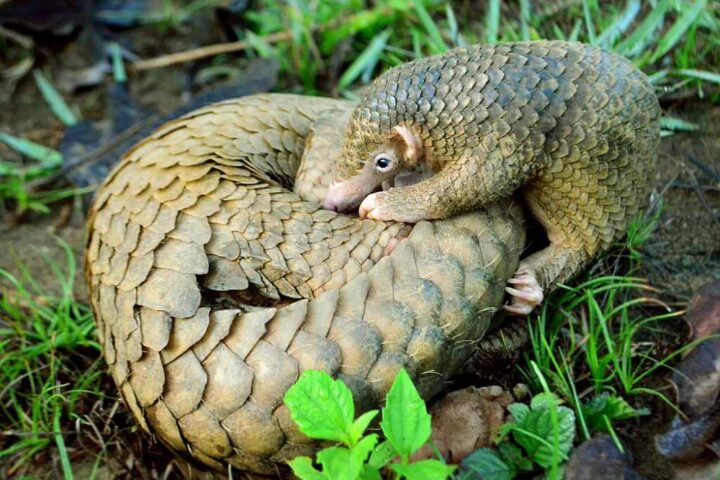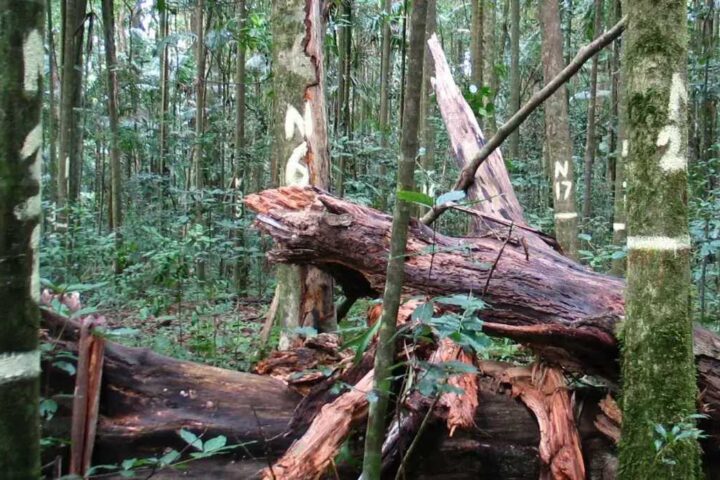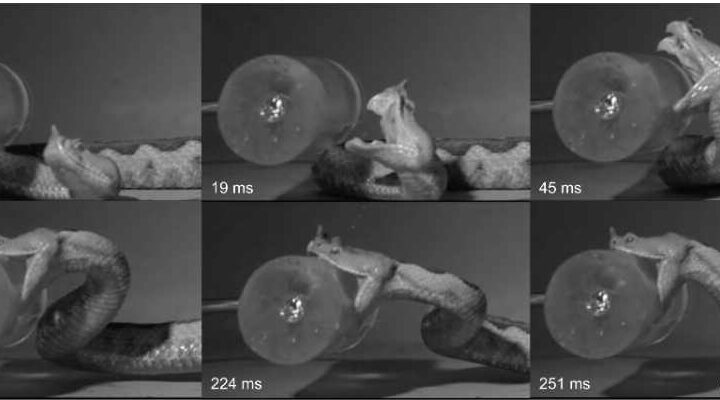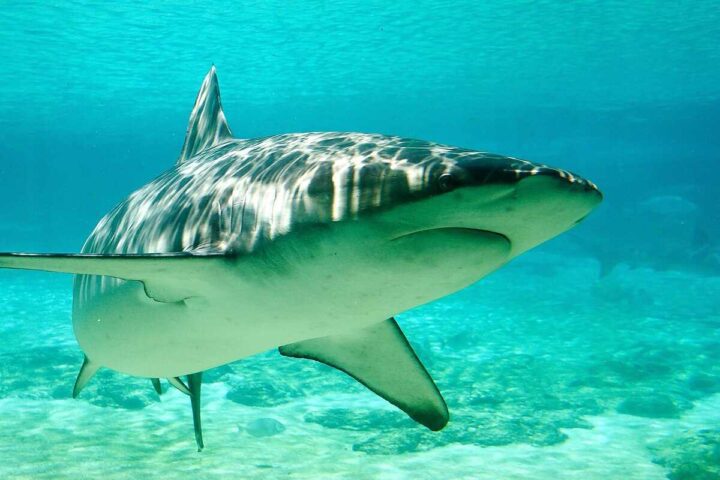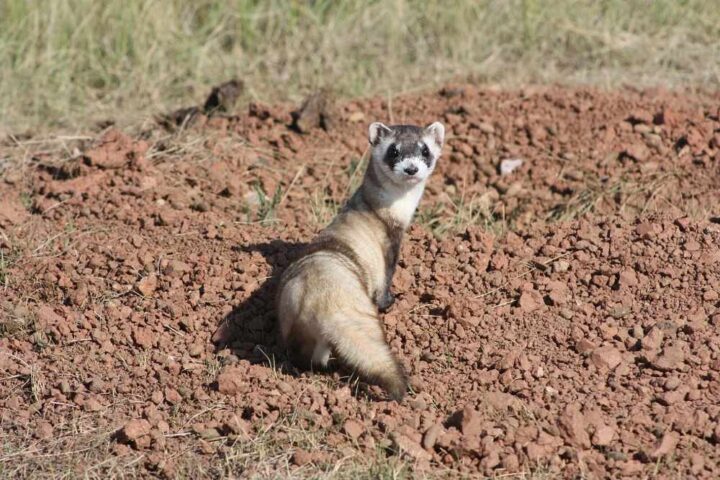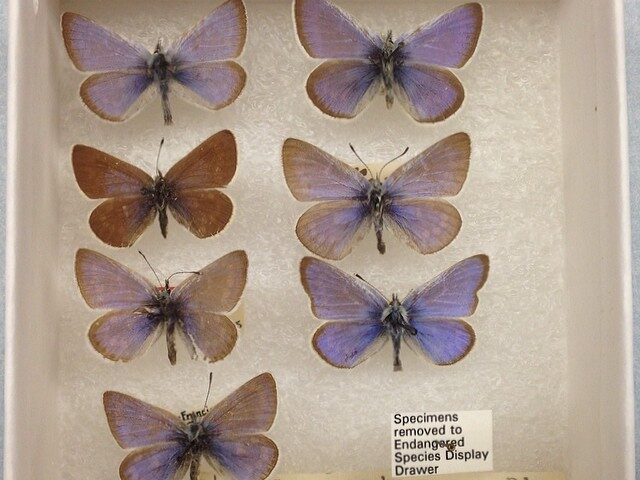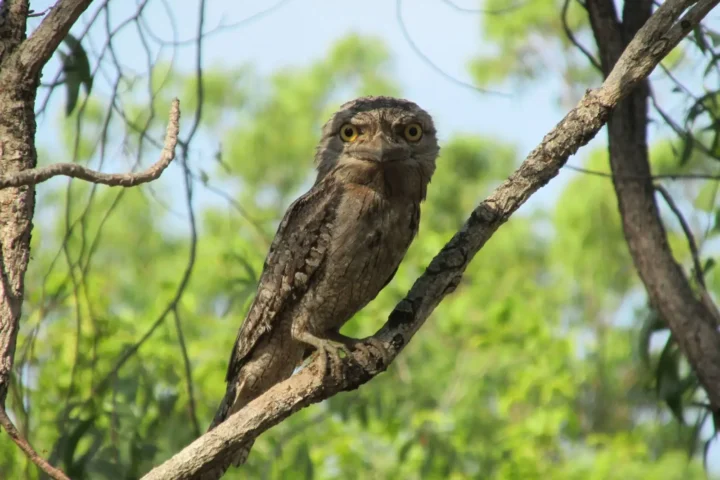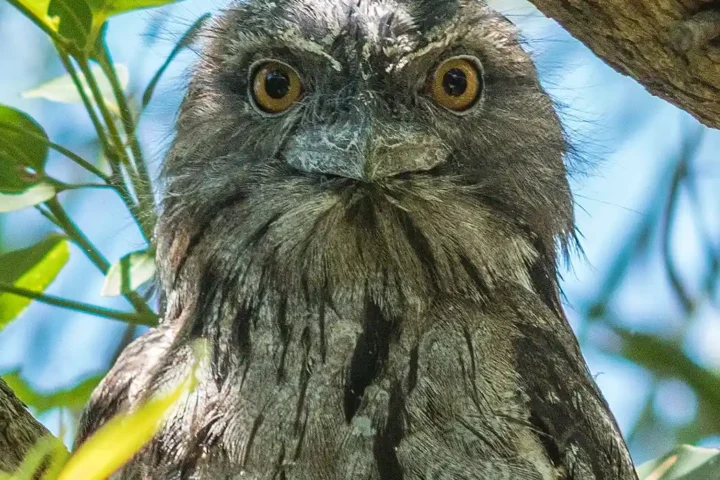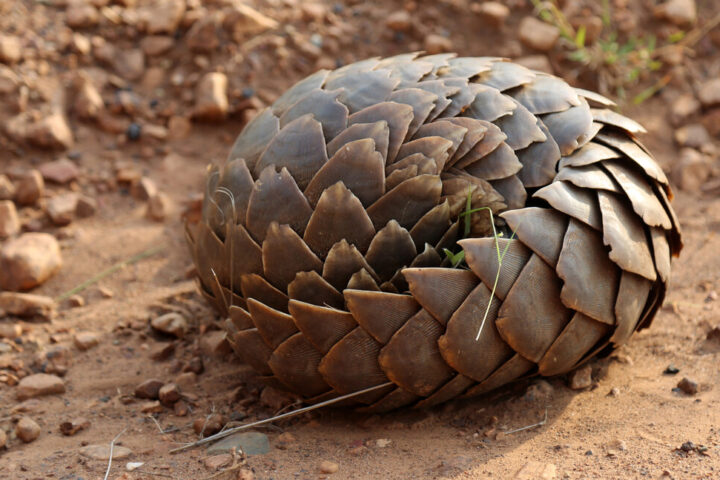Pokeweed, or pokeberry, is a plant with striking purple berries that pose a serious health risk if ingested, particularly for children and pets. Known to grow almost anywhere in the U.S., except the extreme south and north, it thrives in various soil conditions and light levels. Despite its beauty, pokeweed is a weed that grows up to 10 feet in height with a pink stem up to 2 inches in diameter and is defined by its dark purple berries. The persistent nature of the weed makes it difficult to eliminate due to its deep taproot system, which can regrow if left in the ground. Chemical pesticides, such as glyphosate or dicamba, are often the most successful means of eradicating pokeweed, but there are more natural methods for younger plants. When pulling up young weeds by hand, cover the area with a thick layer of mulch or dark plastic to block sunlight and inhibit regrowth.
Eating pokeweed berries can lead to serious health complications, including severe stomach pain, nausea, vomiting, and diarrhea, with even more severe reactions in adults or children who ingest a large quantity. Pets are not immune to the poisonous effects of it, with symptoms ranging from excessive drooling and gastrointestinal irritation to tremors and refusal to eat. In one unusual case, black seeds found in an old farmhouse were identified as pokeweed seeds, suggesting a rodent issue as mice often stockpile seeds for winter. Mice and other rodents are known to hoard it’s seeds for the winter, potentially leading to discovery of these stashes in homes near an abundance of it. It is native to the eastern half of the U.S., and its spread is facilitated by birds and animals who consume and then disperse the seeds.
The plant’s deep taproot, resistant to complete extraction, allows pokeweed to survive and grow back even after the frost. Despite the superficial resemblance to grapes, the berries are harmful if ingested, causing serious discomfort and gastrointestinal problems. Even adults have been poisoned by it, especially when they mistake the roots for medicinal plants, leading to serious gastrointestinal problems and lowered blood pressure. Pokeweed’s young leaves can be cooked into a dish called “poke salad,” but it requires careful preparation and double boiling to ensure safety. Consuming pokeweed can lead to severe symptoms, including burning sensation in the mouth, gastrointestinal cramps, and vomiting, with serious complications like anemia and convulsions possible if larger quantities are ingested. All parts of the plant are toxic to pets and livestock, with roots being the most poisonous and berries the least.
Similar Post
Pastures, fencerows, and barnyards are often hotspots for growth, posing a risk for livestock.
Among animals, swine are the most vulnerable to poisoning as they often grub out and consume the roots. The redeeming factor for livestock is that they tend not to find pokeweed palatable and usually avoid it if given other options. Despite its danger, the weed continues to spread due to its robust taproot and the aid of birds and animals spreading its seeds. Homeowners who discover pokeweed on their property should act swiftly to eliminate it and protect their families and pets. If in doubt about a potential poisoning, it’s essential to contact the local poison control center or a veterinarian for advice and immediate assistance. Pokeweed’s tenacity, widespread distribution, and serious health risks underline the importance of public awareness, careful plant identification, and swift action in its management.
